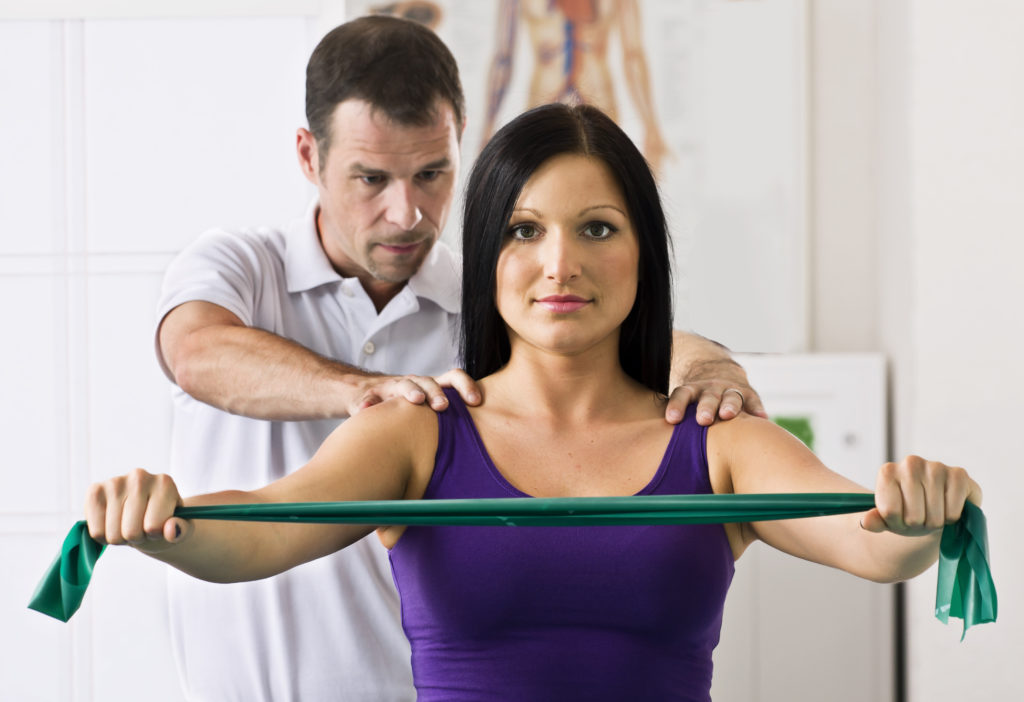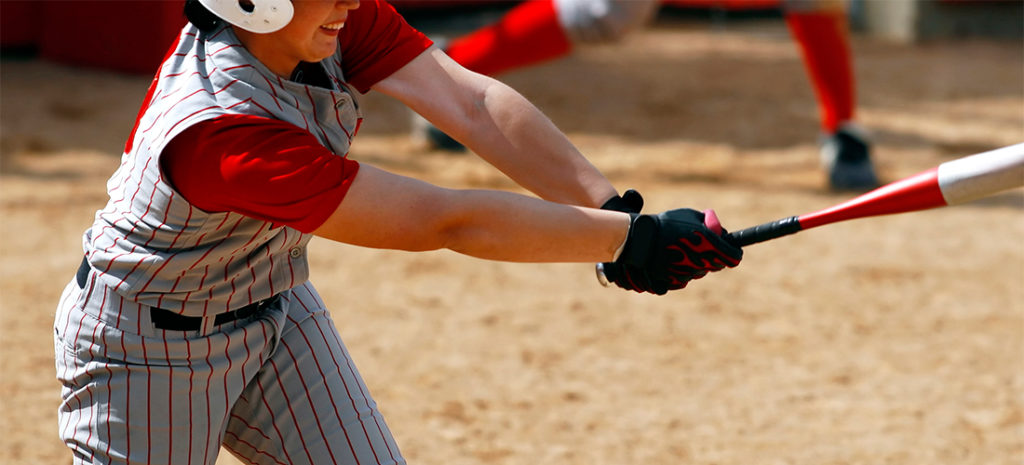Biceps tendinitis is an inflammation or irritation of the upper biceps tendon.
Anatomy
The shoulder is made up of three bones: the upper arm bone (humerus), the shoulder blade (scapula) and the collarbone (clavicle). The shoulder is a ball-and-socket joint, which means the ball of the upper arm fits into a shallow socket in your shoulder blade.
The ball stays in the shoulder socket with the help of the rotator cuff. The rotator cuff is made up of four muscles that come together as tendons to form a covering around the head of the humerus. The rotator cuff attaches the humerus to the shoulder blade and helps to lift and rotate your arm.
The glenoid is the socket that the humerus fits in. This socket is lined with soft cartilage called the labrum that helps the head of the upper arm fit into the shoulder socket.
The biceps tendon is in the front of your upper arm. The biceps muscle is made of two tendons that attach to the bones in the shoulder, the long head attaches to the top of the glenoid. The short head of the biceps tendon attaches to a bump of the shoulder blade called the coracoid process.
Biceps tendinitis is inflammation of the long head of the biceps tendon. In early stages, the tendon becomes red and swollen. As tendinitis develops, the tendon covering can thicken and grow larger. The tendon in the late stages is often dark red due to inflammation and occasionally damage to the tendon can cause a tendon tear and then deformity of the arm.
Bicep tendonitis usually occurs along with other shoulder problems. In most cases there is also damage to the rotator cuff tendon such as:
- Arthritis of the shoulder joint
- Tears in the glenoid labrum
- Chronic shoulder instability
- Shoulder dislocation
- Shoulder impingement
- Other diseases that cause inflammation of the shoulder joint lining
Cause
Most commonly, damage to the biceps tendon is a result of a lifetime of normal activities. With age, tendons slowly weaken; degeneration can be worsened by overuse that requires repeating the same shoulder motions again and again.
Many jobs and routine chores can cause overuse damage. Sports activities such as swimming tennis and baseball can put people at risk as well.
Symptoms of biceps tendonitis
- Pain or tenderness in the front of the shoulder, which worsens with overhead lifting or activity
- Pain or achiness that moves down the upper arm bone
- An occasional snapping sound or sensation in the shoulder
Physician examination
To determine whether you have bicep tendonitis, your physician will ask you for a complete medical history, have you describe your symptoms and conduct a physical examination. An X-ray or MRI may be necessary to rule out other problems.
Make an appointment with a shoulder specialist
Treatment
Biceps tendinitis is typically first treated with simple methods.
- Rest
- Ice
- Strengthening exercises and physical therapy
- Non-steroidal anti-inflammatory medicine such as ibuprofen
- Steroid injections (make an appointment with an OrthoIndy non-operative, pain management physician)
Surgery is necessary if your pain does not improve with nonsurgical methods or if you have a variety of shoulder problems. Surgery is usually arthroscopic.
Surgery for disorders of the biceps tendon can vary based on the pathology. Small partial tears can be debrided arthroscopically. For more extensive tears, bad inflammation (biceps synovitis) or an unstable biceps tendon, surgery typically involves release of the biceps (biceps tenotomy) which is sometimes combined with fixing it at a different spot (biceps tenodesis). The tenodesis procedure can be at varying spots done arthroscopically or via an open procedure called a subpectoralis biceps tenodesis. Good results have been reported for both a simple tenotomy as well as tenodesis.
Rehabilitation
Rehabilitation after surgery focuses on obtaining regular shoulder motion and then progressing with strengthening. With a biceps tenotomy there are no true restrictions; however, heavy biceps use is avoided for two to three months.
For a tenodesis procedure no lifting is allowed with the arm for six to eight weeks then strengthening of the biceps begins and return to normal function is closer to three to four months. The rehab may be altered if other procedures are performed at the same time such as rotator cuff repair.
Learn more about shoulder treatment at OrthoIndy.
Schedule an appointment
Your well-being is important to us. Click the button below or call us to schedule an appointment with one of our orthopedic specialists. If your injury or condition is recent, you can walk right into one of our OrthoIndy Urgent Care locations for immediate care. For rehabilitation and physical therapy, no referral is needed to see one of our physical therapists.





